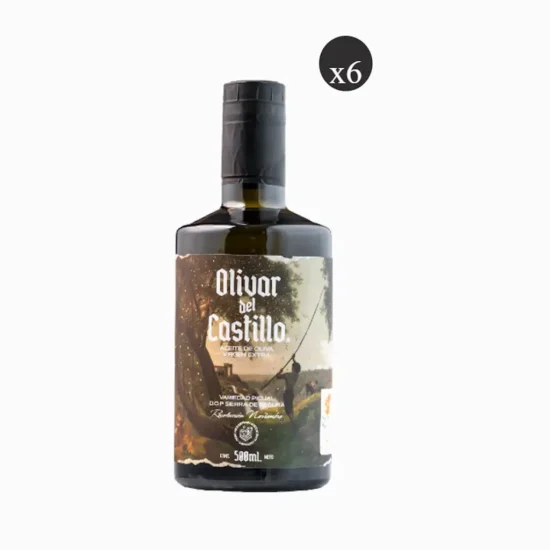
The influence of climate change on olive trees underscores the growing challenges that global warming presents to food production. Benchmark retail prices rose to a record $9,000 per ton in October, according to data from the U.S. Department of Agriculture.
The healthiest cooking oil now commands an even higher price as climate-change-induced droughts, heat waves, and wildfires ravage olive groves in southern Europe.
Extreme weather events for the second consecutive year in the olive-producing region have nearly halved global harvests, pushing olive oil prices to a record high.
An August production estimate by the Spanish government confirmed the worst fears: a crisis in olive oil markets. Several Mediterranean countries suffered from dry weather and drought, further limiting supplies. As supplies from Mediterranean regions become increasingly erratic, many consumers may have to seek alternative sources that provide similar health benefits.
“The olive oil supply shortage is becoming even more dramatic if current production estimates materialize. We consider it likely that olive oil prices will soon reach or exceed $10,000 per ton on the world market,” said Oil World, a leading industry forecaster, in an update on its website on October 20.
In a May forecast, Spain, which sets global prices and is the source of half the world’s olive oil supply, said production is expected to fall nearly 48% from a year earlier. A severe summer and wildfires in the world’s largest producer had decimated much of its harvest.
The supply crunch is said to be worse than last year’s, and its impacts are spreading to food, restaurant, and household markets, from Europe to the United States and India, traders said.
“Prices for the imported extra virgin variety in India have risen 22%. Restaurants are more likely to pass this on to customers,” said Abhishek Agrawal of Comtrade, a commodity trading company. India consumes about 12,000 tons of olive oil a year, most of which is imported, according to the Indian Olive Association.
In May, the Italian government called a crisis meeting after a 20% spike in pasta prices, driven in part by olive oil, triggered political protests. Spain’s production in the 2023-24 crop year was about a third below the four-year average, according to official figures.
Olive oil prices in Spain will remain at record levels at least until June, according to an October 26 Reuters report, citing Deoleo, the world’s largest olive oil producer, and this will affect all importing nations.
The U.S. Department of Agriculture has lowered its estimate for global olive oil production to 2.5 million tons, a quarter less than the five-year average. Experts say back-to-back droughts and wildfires in southern Europe point to extreme weather events linked to climate change.
Spain recorded its third hottest summer this year, with an average summer temperature 1.3 degrees Celsius above normal, according to the state meteorological agency AEMET.
“Climate change is changing the way Europe produces food,” Dorothy Azory, leader of a federation of olive growers in southern Europe, said in her journal last month. Last year, research by the World Weather Attribution service found that climate change had made drought at least 20 times more likely in Europe, with implications for global and continental food security.
Important Note: aceitedelcampo.com promotes the consumption of extra virgin olive oil for its culinary qualities and health benefits. However, no medication or current treatment should be replaced without the guidance of a healthcare professional.




ALZAYT EXPORT SL
info@aceitedelcampo.com
C/ Eduardo Bosca 19, 2-5
46023 Valencia
Subscribe and receive a coupon by email for your next purchase.